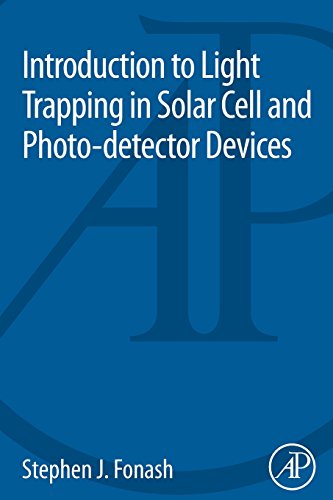

Most ebook files are in PDF format, so you can easily read them using various software such as Foxit Reader or directly on the Google Chrome browser.
Some ebook files are released by publishers in other formats such as .awz, .mobi, .epub, .fb2, etc. You may need to install specific software to read these formats on mobile/PC, such as Calibre.
Please read the tutorial at this link: https://ebookbell.com/faq
We offer FREE conversion to the popular formats you request; however, this may take some time. Therefore, right after payment, please email us, and we will try to provide the service as quickly as possible.
For some exceptional file formats or broken links (if any), please refrain from opening any disputes. Instead, email us first, and we will try to assist within a maximum of 6 hours.
EbookBell Team

4.4
72 reviewsNew Approaches to Light Trapping in Solar Cell Devices discusses in detail the use of photonic and plasmonic effects for light trapping in solar cells. It compares and contrasts texturing, the current method of light-trapping design in solar cells, with emerging approaches employing photonic and plasmonic phenomena. These new light trapping methods reduce the amount of absorber required in a solar cell, promising significant cost reduction and efficiency.
This book highlights potential advantages of photonics and plasmonics and describes design optimization using computer modeling of these approaches. Its discussion of ultimate efficiency possibilities in solar cells is grounded in a review of the Shockley-Queisser analysis; this includes an in-depth examination of recent analyses building on that seminal work.